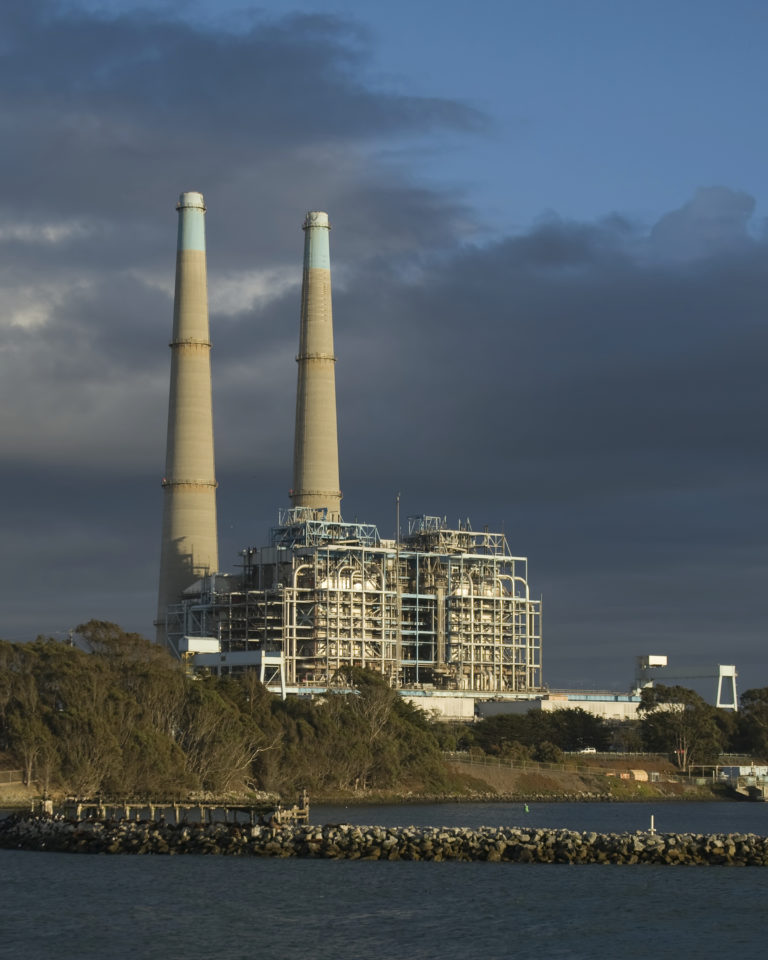In recent Energy Market Commentary pieces, BTU Analytics has highlighted the impacts on oil and gas markets as a result of recent market volatility due to the oil price war and demand destruction from COVID-19. We’ve focused on the impact to activity in oil-focused regions, the impact on power markets in posts, and we’ve discussed the potential for a natural gas market rebound in a special publication for current BTU clients. Continuing this theme, this Energy Market Commentary will focus on associated liquids production in Appalachia and potential ethane constraints in the region.
Most forget that Appalachia contributes a not insignificant supply of light crude, condensate, and natural gas liquids to the market. The chart below highlights the total volumes of liquids coming from the Marcellus and Utica in Pennsylvania, West Virginia, and Ohio.

As the demand for crude and natural gas liquids has been severely diminished by COVID-19, the ability to store not just crude but natural gas liquids as come to focus as well. Before COVID-19 hit the market, US ethane stocks were already running at historically high levels and ethane prices were historically low to discourage ethane production. The chart below highlights US month-ending ethane stock levels as of January 2020.

The combination of high ethane stocks combined with reductions in global demand due to COVID-19 could put additional downward pressure on Appalachia ethane production. As a primer, Appalachian ethane has three routes to market: Mariner West to Canada, ATEX to the Gulf Coast, and Mariner East for export to Europe. With European and Canada markets on lockdown the potential exists for either pipeline to see reduced send out or if US ethane storage hits storage capacity in the Gulf Coast then ATEX could see reduced flows.
At least for ethane, Appalachian producers could choose to reject additional ethane into the gas grid to avert potential liquids storage constraints. However, blending additional ethane into the gas grid assumes that natural gas pipelines can accept higher BTU gas into the pipelines than what they are already receiving. Generally, the average pipeline spec for gas heat content for pipelines in Appalachia is 1,100 BTU/cubic foot. The chart below provides the current heat content for four of the major natural gas pipeline routes out of Southwest Appalachia

Rover, TETCO, REX, and Columbia Gulf are all running close to heat content limits. Columbia Gulf is running the hottest at 1,083 BTU/cubic foot thus far in April. This leaves little room to reject more ethane into the system indicating an ethane constraint has already started to develop in Appalachia. As demand for liquids continues to dry up and storage for products begins to hit capacity limits, producers could be stuck with few attractive options on how to continue to produce. For more on BTU Analytics’ latest thoughts on how production evolves in the coming months, check out our Upstream Outlook.









